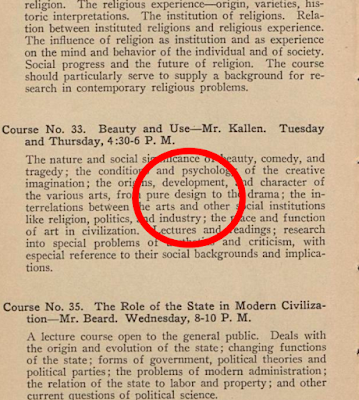I've updated my course descriptions for the coming semester. Behold!
NOT TO SCALE: ON SACRED MOUNTAINS This course explores what sacred mountains can teach us about the phenomenology of mountains, the phenomenology of religion and religious pluralism. Mountains matter to cultures around the world and many are objects of pilgrimage for multiple traditions. We will reflect critically on common rhetorics of sacred mountains, including the "axis mundi" piercing the horizontality of the human world, the pluralist vision of many paths attaining a shared summit and the idea, bridging religious and secular worldviews, of the “mountaintop experience”. Mountains in many traditions will be considered but a special focus will be Mount Kailash, a Tibetan peak sacred to many and currently undergoing dramatic changes of access and interpretation. As part of the course students will attend the major international conference “Mountains and Sacred Landscapes” (http://www.religionandnature.com/society/conferences.htm), which will be held at The New School in April.
EXPLORING RELIGIOUS ETHICS: CONFUCIANISM IN DIALOGUE This course explores the interplay of religion, ethics, politics and culture by bringing Confucianism into dialogue with the field of comparative religious ethics. Long thought not to be a religion, Confucian tradition offers a perfect foil for current western understandings of ethics, whether “religious” or “secular.” Along with works in comparative ethics students will engage with Confucian classics as well as with contemporary interpretations, critiques and reformulations. Themes include virtue, ritual, exemplary figures, roles and hierarchy, filial and other forms of piety, family and state, artistic appreciation and study, and the broader moral communities to which currently living human beings belong. This course helps students develop more informed, nuanced approaches to ethical issues and conflicts in a diverse and changing world.
NOT TO SCALE: ON SACRED MOUNTAINS This course explores what sacred mountains can teach us about the phenomenology of mountains, the phenomenology of religion and religious pluralism. Mountains matter to cultures around the world and many are objects of pilgrimage for multiple traditions. We will reflect critically on common rhetorics of sacred mountains, including the "axis mundi" piercing the horizontality of the human world, the pluralist vision of many paths attaining a shared summit and the idea, bridging religious and secular worldviews, of the “mountaintop experience”. Mountains in many traditions will be considered but a special focus will be Mount Kailash, a Tibetan peak sacred to many and currently undergoing dramatic changes of access and interpretation. As part of the course students will attend the major international conference “Mountains and Sacred Landscapes” (http://www.religionandnature.com/society/conferences.htm), which will be held at The New School in April.
EXPLORING RELIGIOUS ETHICS: CONFUCIANISM IN DIALOGUE This course explores the interplay of religion, ethics, politics and culture by bringing Confucianism into dialogue with the field of comparative religious ethics. Long thought not to be a religion, Confucian tradition offers a perfect foil for current western understandings of ethics, whether “religious” or “secular.” Along with works in comparative ethics students will engage with Confucian classics as well as with contemporary interpretations, critiques and reformulations. Themes include virtue, ritual, exemplary figures, roles and hierarchy, filial and other forms of piety, family and state, artistic appreciation and study, and the broader moral communities to which currently living human beings belong. This course helps students develop more informed, nuanced approaches to ethical issues and conflicts in a diverse and changing world.











































